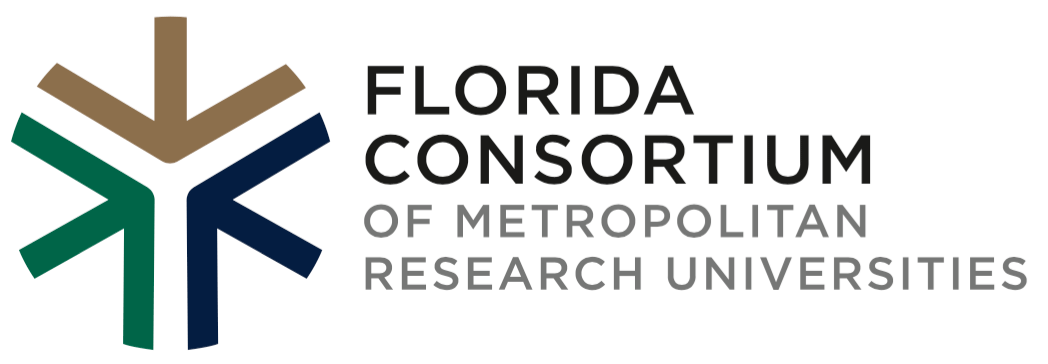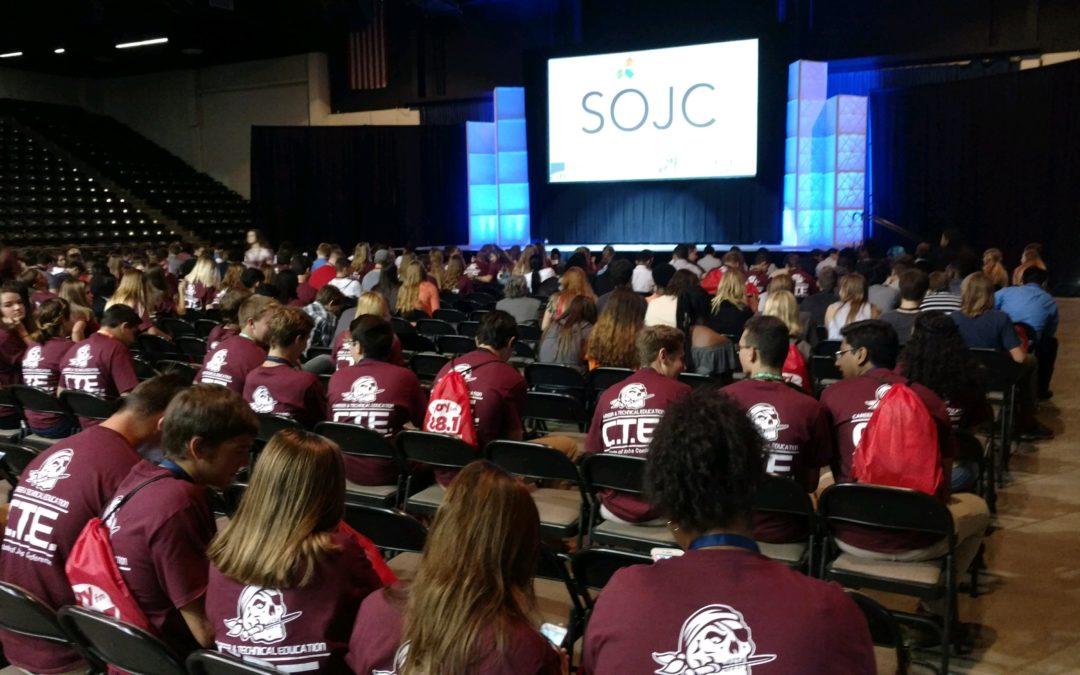Unemployment is at an all-time low. Americans are working more than ever and the economy seems to be booming. But are all regions across the nation thriving? The short answer is no. In his book, The New Geography of Jobs, Enrico Moretti makes the case that economic growth and job opportunities are greatly dependent on where one lives. In places where jobs seem to be plentiful, nearby micro regions often suffer from negative job growth. Moretti took a look at Menlo Park and Visalia, California. Menlo Park is home to Facebook and dozens of tech companies. Three hours south, in Visalia, the local unemployment rate is well above Menlo Park's and the US average. The largest industries in Visalia, CA are Health Care & Social Assistance (7,856 people), Educational Services (6,352 people), and Retail Trade (6,196 people). It wasn’t always this way. Just a few decades ago, both cities were home to a growing mix of college educated and high skilled workers. What changed? Brain drain took hold in Visalia. Brain drain occurs when high skilled and often college educated citizens leave regions to find job opportunities and their talent is not replaced. Medium sized cities are most likely to be affected by brain drain.
Closer to home, brain drain is a real worry for cities like Sarasota, Florida. Located between Tampa and Miami, Sarasota is known for white sand beaches and robust retirement communities. While this sounds wonderful, sentiment among middle and high school age students is concerning. Chris Laney, Director of Workforce Education at Career Source Suncoast was troubled by this. “I kept hearing about a brain drain in the Sarasota/Bradenton area. I was worried that our inability to keep kids here to work and live would result in a lack of talent for our businesses and communities to thrive.”
Laney decided to do something about brain drain. He launched the State of Jobs Conference, a one day career exploration gathering for high school students. Laney used EMSI workforce data to identify the top six career paths in the region. He used this information to recruit regional employers, state colleges, universities, and students. According to Laney “We looked at predictive workforce analytics to determine the biggest employers in the region and forecasted potential growth.” From the onset, the State of Jobs Conference provides insight on careers as well as the training and education required for those careers. “I think it is important to connect industry to higher education.This sends a message to students that employers and higher education are on the same page and rewarding careers are attainable” said Laney.
State of Jobs Conference student attendees seem to agree; “When I agreed to attend, I really didn’t know what to expect. I learned more about the healthcare industry. Now, I want to be an EMT. I can get my degree in two years instead of four makes it seem so real” according to Sarah, a student from nearby Hardee County. Also noteworthy, Javier, a student from Manatee County had another perspective; “I keep telling my mom that being a helicopter pilot is a real job. Now I have video to prove it. She wants me to go into business or something, but I want to be a pilot. It was cool to meet pilots and learn more about flight school at the conference.”
A State of Jobs Conference survey for student attendees indicated that students depend on their parents for college and career advice. As such, parents have become a key component of the State of Jobs Conference. Parents can join to learn about financial aid, career paths, and how to discuss career planning with their children. “I get excited about the students getting engaged and thinking about their careers. Obviously we want them to explore lots of career options, but if they have goals, then they can plan on how to reach them. Who doesn’t love when students are involved in their own future?” said Laney.
Florida Consortium member institutions, University of Central Florida and the University of South Florida also attended the event. Admission representatives reported that interest was high for both institutions with attendees. “This conference is great. We want students to learn about options. We are able to speak with them one on one. We can also introduce them to state colleges and or other training programs if they are looking for alternative pathways” said an admissions representative from USF.
In closing, unlike traditional college fairs, the State of Jobs Conference has a wide variety of education and career options to explore. This event is one way to preempt brain drain and instead, craft pathways for students to explore career opportunities in their backyard.
Related Reading:
Why are some places more prosperous than others? A scholar explores the “brain hubs” phenomenon
Doubling Florida Jobs Opportunities for Biology and Psychology Majors
Sources
State of Jobs Conference
Visalia Labor Data https://www.deptofnumbers.com/unemployment/california/visalia/



